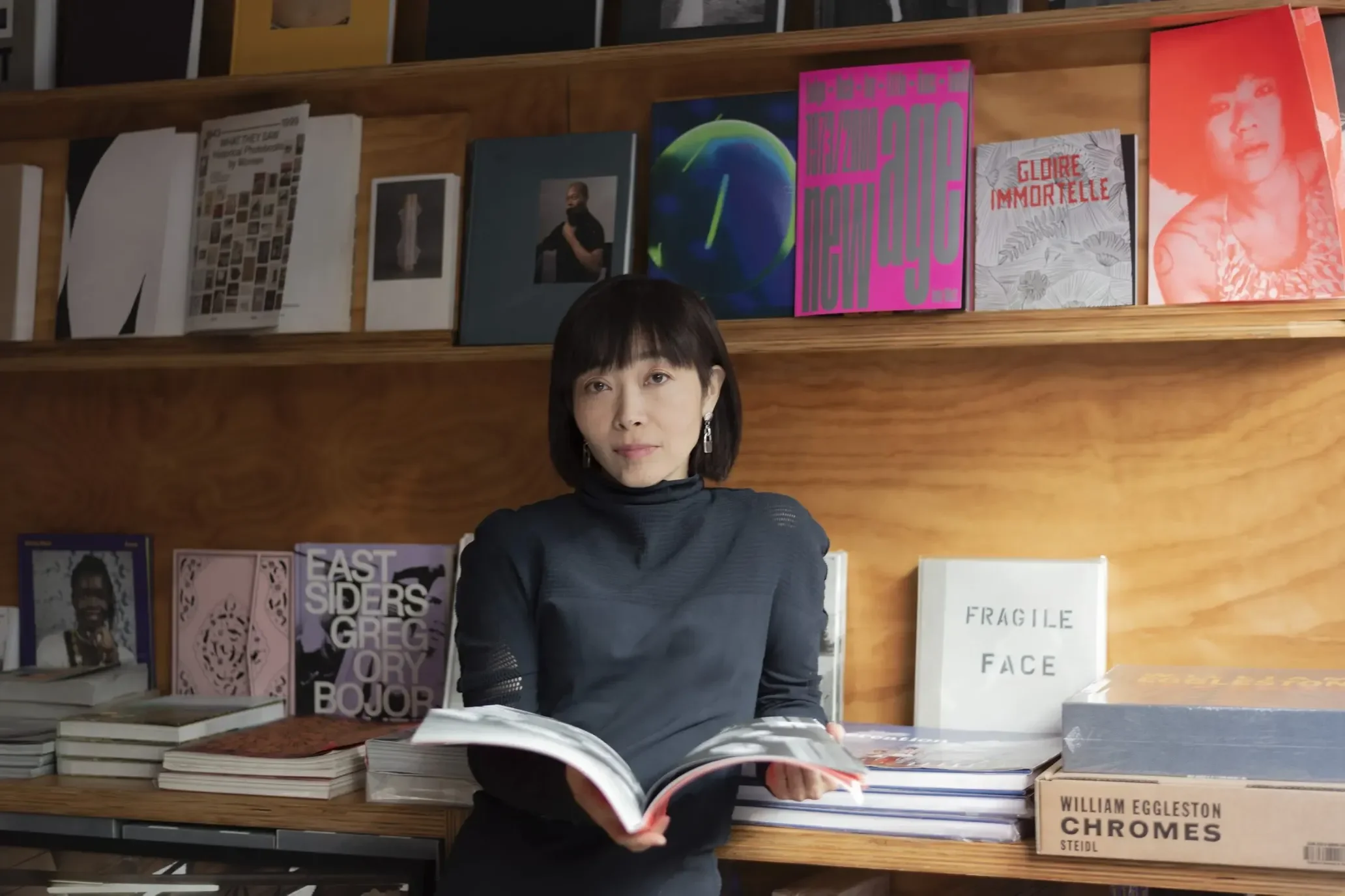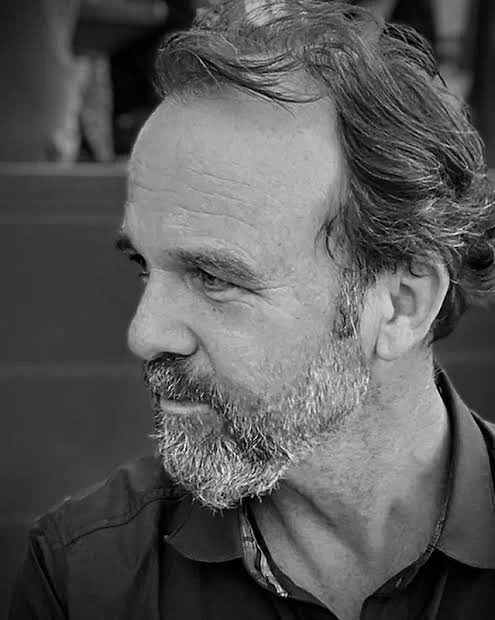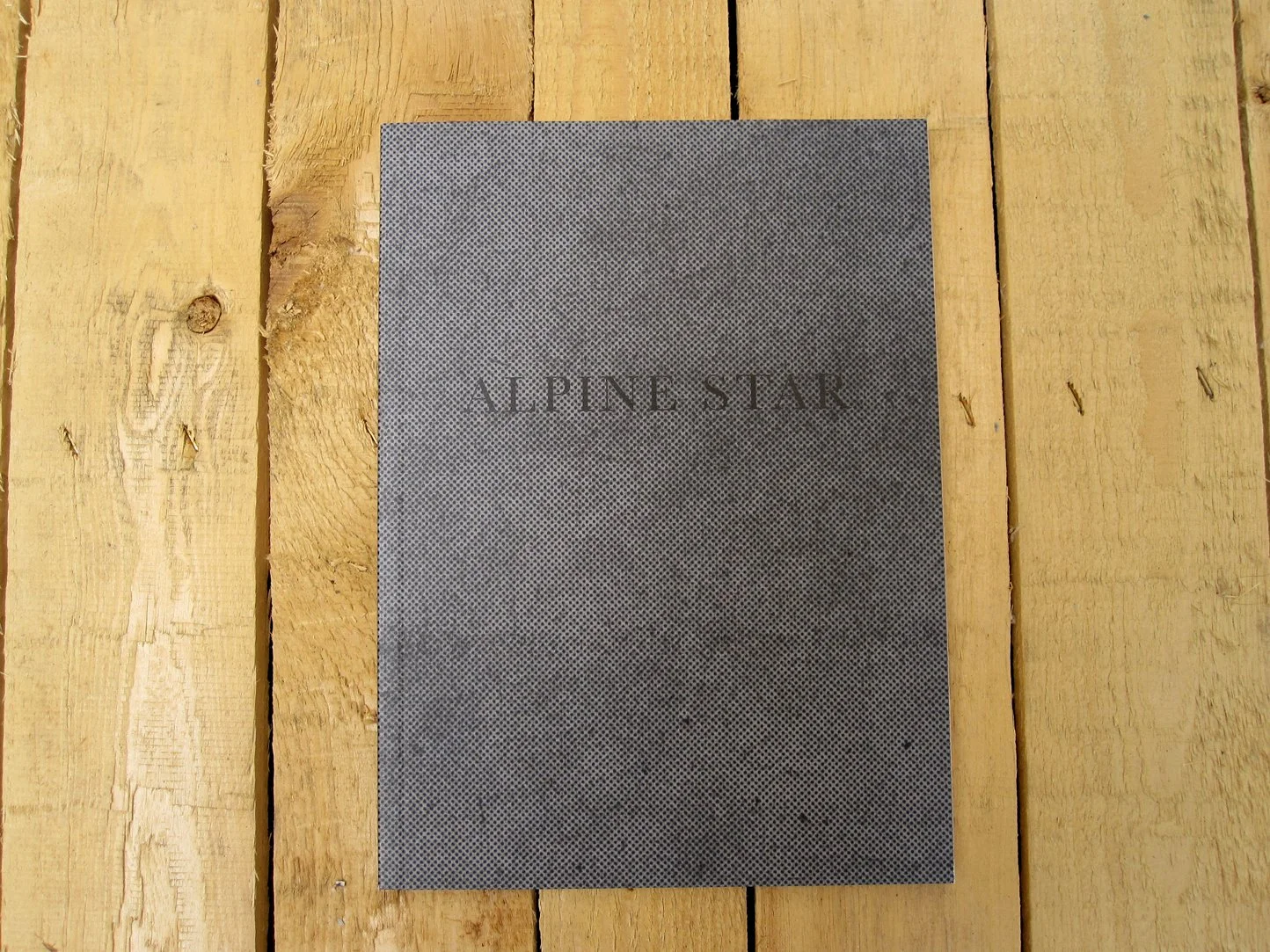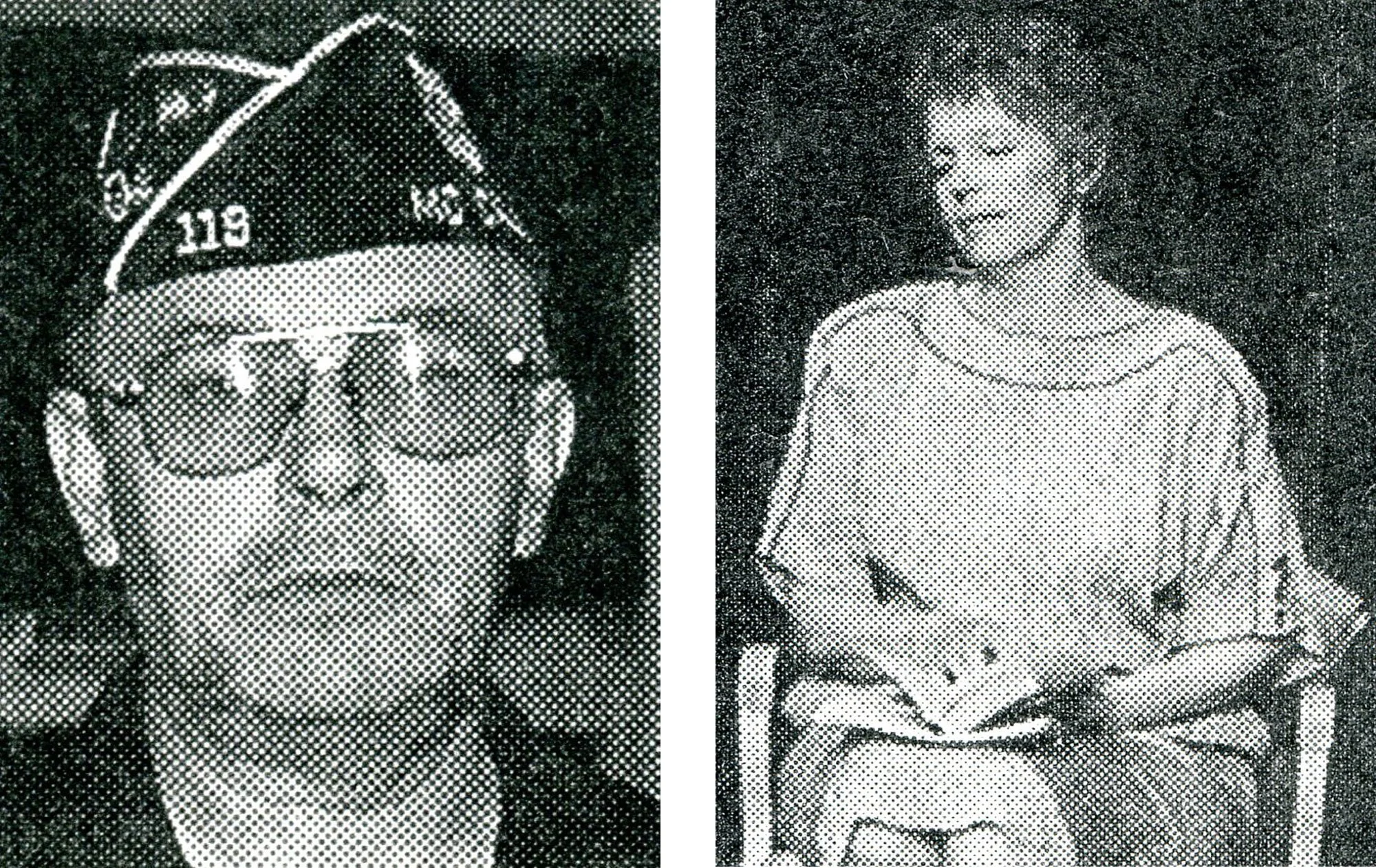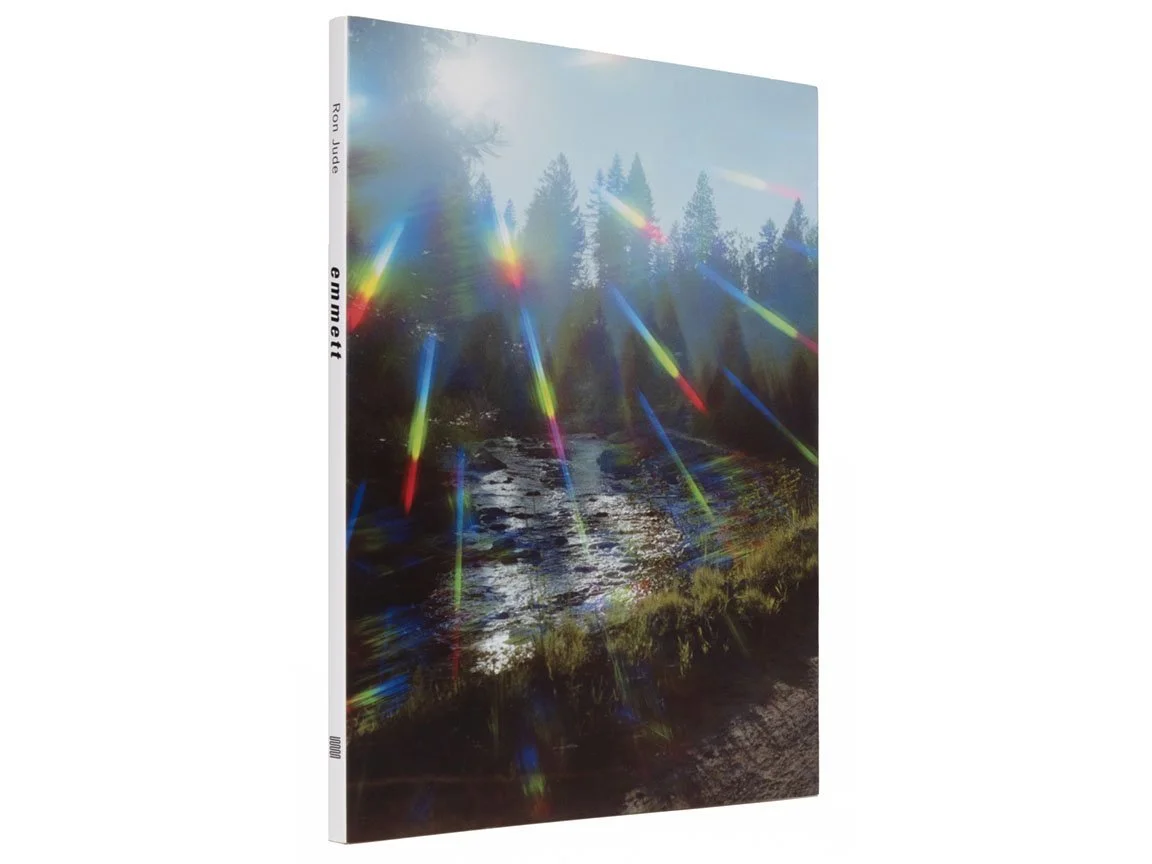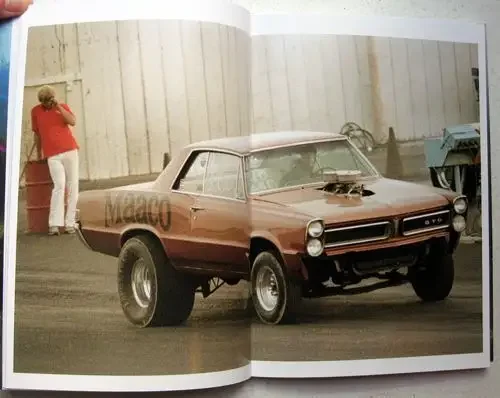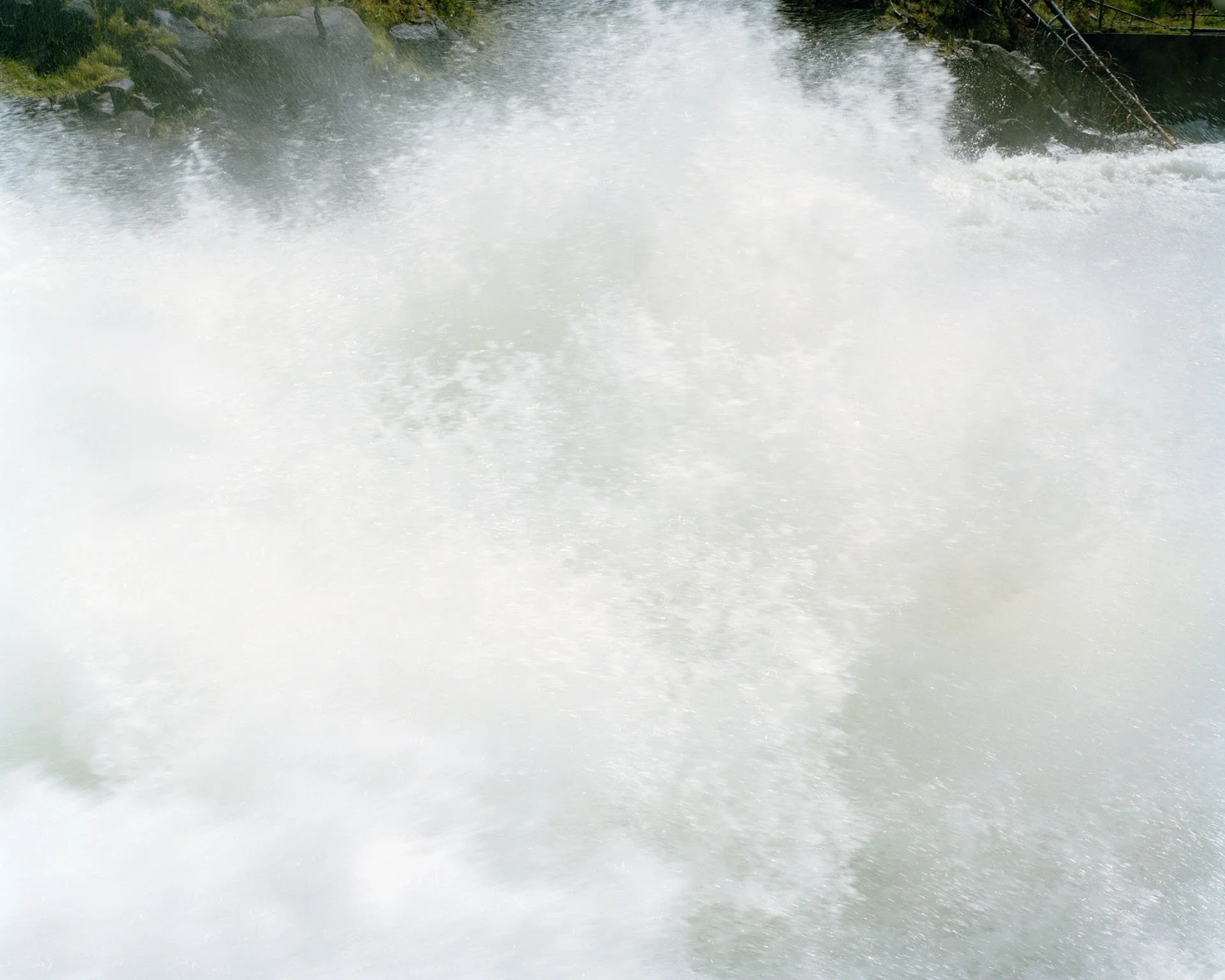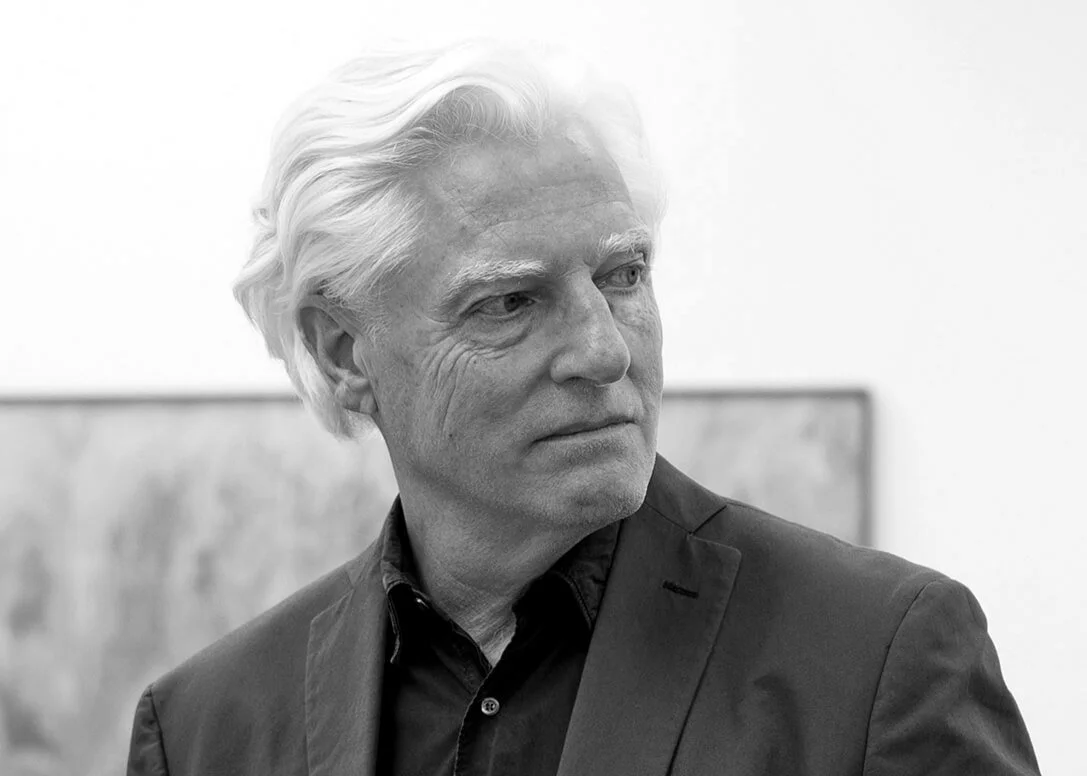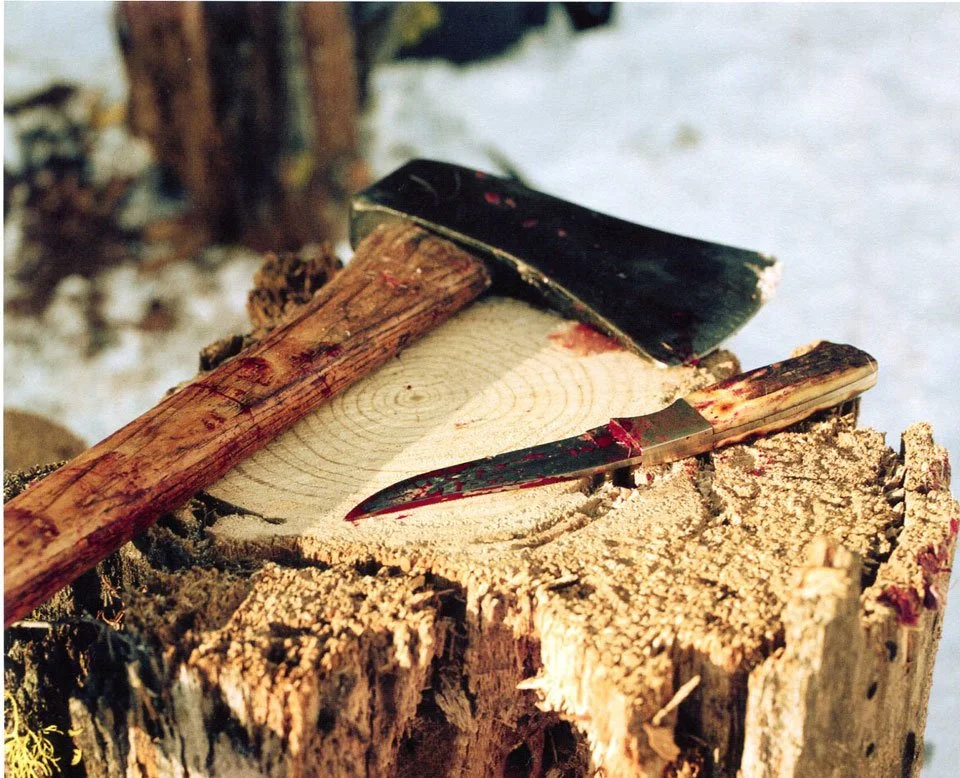No blog post about what photobooks can be is possible. So I’ve decided to break up this topic by individual photographers and see what happens. The subject interests me personally, since I conceive of my work first for the book. But over the last 15 years, with the oceanic surge in photobooks, I cannot think about the whole thing. But I can think about bits and pieces.
Miwa at Dashwood Books, a great place to make sense of the torrent of photobooks.
Perhaps you feel as overwhelmed as I do with the uncountable number of new photobooks each year. Perhaps you’ve made a photobook or want to. Or maybe you’re building a library of such books to learn how to photograph. Perhaps, in these cases, this one-sided discussion will be useful to you.
Another one of the best places to find recent photobooks is Bildband Berlin. Ask Joe for help.
Out of compassion for my children I am slowly reducing my library. But one of the things I will leave for them to deal with are the books of Ron Jude. [A note about names in this blog: if I know someone, I’ll use their first name. If not, I’ll use their last name with a prefix like Mr., Ms, or Mx.]
Ron Jude teaches in the University of Oregon undergrad and MFA photography programs.
As the first cohort of the Hartford photo MFA, we defended our theses—our photobook dummies—before Mark Steinmetz and Ron Jude. This is the year I first discovered Ron’s work. Since then I’ve acquired nearly every one of his books, and what has always fascinated and inspired me is just how different each book is.
These range from a small collection of essays and interviews to a slightly larger box with a pamphlet in it to full-on hardcover books published by Mack. Out of almost a dozen or so books he’s created, there is a core of three that are referred to as an autobiographical trilogy. These are: Alpine Star (A-Jump, 2006), Emmett (The Ice Plant, 2010) and Lick Creek Line (Mack, 2012). This is as good a place to start as any.
Alpine Star. Photo by Motto Distribution.
Alpine Star is autobiographical but in a most un-egotistical way. It’s a collection of photographs, I think re-photographed but I’m not sure, taken from the small home-town newspaper his mother kept him subscribed to after he’d left Idaho for graduate school and a teaching career. The images are all strangely extraordinary, black and white, and extracted directly from the newspaper, complete with Ben-Day dots. They feature everything from a bridge being washed out by a river to strange and unsettling pictures of people we don’t know.
From Alpine Star. Photo by Saint Lucy.
What’s most extraordinary to me is the way the book reads, thanks to Ron’s selection and sequencing, and the rich experience the book delivers. It’s both surreal and all too real. That a photographer would make an autobiographical book using the images of other photographers strikes me as a profound commitment to art over self-interest. After all, they’re not even his photographs. Except, now maybe they are.
Even the book’s format is non-self-aggrandizing. It’s a paperback measuring 8 1/2 x 6 1/4 inches, and published in an edition of 500 copies which, for 2010, was a small print run.
Emmett. Photo by Ron Jude.
The follow-up book in the trilogy is another slim and just slightly larger volume called Emmett. This time the book features Ron’s photos, but they are pictures he made in the 1980s when he was in high school in rural central Idaho. Thirty years later, Ron found the photos he’d taken in his youth in a shoe box at his parents’ house. The stars of the photographs are nature, Ron’s friend Kenny, and Pontiac GTOs, his friend’s favorite car. We see drag races, trees, teens kissing, images from television screens and, of course, Ron’s shaggy-haired blond best friend.
Spread from Emmett. Photo by Dashwood Books.
Nowhere do we see a photo of this autobiography’s author, Ron Jude. Instead, we see inside his teen-age life courtesy of his eyes. Who is Emmett? I believe it’s the small town north of Boise where the drag races occurred, if I remember correctly from a talk Ron gave. An epilogue of two photos closes the book. The first appears to be an alleyway in a Mexican village, or something like that. The second is of the almost-identical view but with a torrent of water rushing toward the alley.
From Lick Creek Line.
As Ron has described it, these two photos are a prelude to the third book in the trilogy, Lick Creek Line, which opens (after two preliminary images) with five photographs in a row of a violent cascade of water. Now we’re looking at a more substantial paper-bound, 11 1/2 x 10 inch, 112 page book published by Mack. And the photos are all Ron’s, made much closer to the year of publication.
Lick Creek Line. Photo by Jorg Colberg.
The title is enigmatic. The photographs are enigmatic. The subject matter is enigmatic. But I found that after five “readings” of the book I started to piece together a sense of what might be going on. And I always found the experience deeply rewarding. I don’t really want to give you my take on that, however, because, like David Lynch, I don’t believe a work of art should be explained. Too much of the actual experience of the book gets taken away from you if I were to do so.
I will say that I discovered themes, such as the new and the old built environments within the place near where Ron grew up. There’s a theme of paths, and of a person—a person who appears to be a trapper, hence the title Lick Creek Line, which is the line of traps the fur trapper runs along that creek. There is a flitting sense of seeing this man’s life and existence, but it’s fleeting. Much the way his livelihood is fleeting. There’s a sense throughout of Ron as witness to change. But perhaps I’ve said too much already.
Joachim Brohm. Photo by Inn Situ.
The German photographer Joachim Brohm said, during a talk given at the Hartford MFA session in Berlin—a session I was fortunate to visit this past May—that “A book is an object that gives you an experience.” So much in life is too easily consumed and forgotten, and a book like Ron’s is a great gift of puzzlement, searching, and uncertainty. I’m just pointing you in the direction of Ron’s work. Much of the joy it gives comes from each one of us coming to find its meanings in our own way.
Needless to say, Lick Creek Line is very different stylistically from the other two books in the trilogy. And yet they all offer a similar experience of discovering and uncovering meaning. And this is something that deeply inspires me in Ron’s work. Were I to write about some of his other books, you would find each one is an exploration of what a photobook can be, and of what photography can look like. There is no one Ron Jude style, counter to the advice so many receive in portfolio reviews that you should develop a signature, recognizable, and therefore brandable and sellable style.
From Lick Creek Line.
Check out Lick Creek Line to see what you think. And I encourage you, if you find that interesting, to look at Ron’s other books and consider adding them to your library of possibilities. Some of these include:
Executive Model. (Libraryman, 2024 second edition.) A Ron’s-eye view of businessmen in the street.
12 Hz. (Mack, 2020). A brilliant visual engagement with the cthonic forces of the earth.
Nausea. (Mack, 2017). Photographs made in an abandoned school that make ghosts real.
Vitreous China. (Libraryman, 2016.) A midwest site of light industry becomes a mix of writing by Mike Slack and photos by Ron Jude.
Lago. (Mack, 2015.) Ron returns to the childhood site of the California desert and the Salton Sea.
Fires. (RAM Publications, 2013). A collection of photographs from previous works for a show at Museum of Contemporary Photography.
Other Nature. (The Ice Plant, 2008.) Visual questions about what is nature, what isn’t.
.
